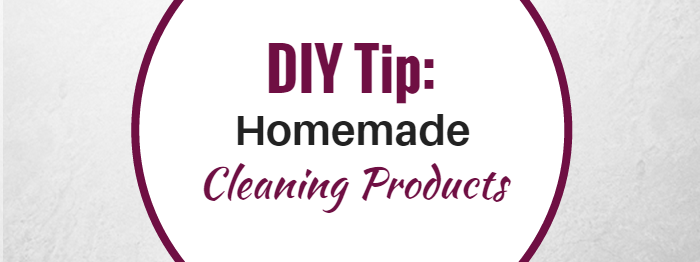5 Apps To Help Organize and Pay Your Bills – There is an app for everything these days! What if you could use apps to help you manage your bills, budget and pay bills on the go? Of course, there is an app for that! Check out this list of 5 apps to help you manage your bills…
Check the best app if you are often notoriously late paying your bills. It sends customizable reminders and alerts as those important deadlines near.
Spendee is a cool app that reads your financial data, analyses it, and spits back financial advice to help you organize your funds. You can even download your data into reports to print out for your personal files.
Mint is a secure and safe place to store all your credit card information, bills, checking and savings accounts. This app will track your spending as well help you set monthly budgets.
If your troubles have to do with traveling for work while keeping up with bills, Expensify is an ideal app to download. This app not only updates and monitors your flight and travel information, it can help track business expenses and bill pay.
Dollarbird is a great app for long term planners- you can plan out up to five years of financial goals. This app also lets you track expenses and reminds you to pay your bills on time.
What's your favorite app? Have you ever tried a bill pay app like the ones listed above?






